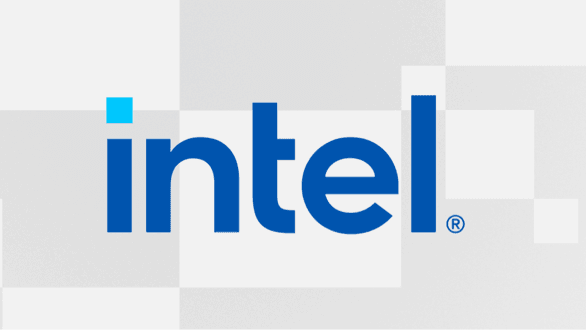rmiller1959
Regular Contributor
I have an Acer laptop with an Intel AX201 Wi-Fi 6 card. I recently purchased an Intel AX210 Wi-Fi 6E card to replace it. My smartphone regularly records Wi-Fi 6E speeds of over 1050Mbps on my home network, and I was maxing out at around 750Mbps on my laptop's Wi-Fi 6 card. I was hoping that upgrading to the AX210 would give my laptop speeds similar to those on my smartphone.
While the card was relatively easy to install, reattaching the antennas is annoying because the connectors are so small and have to be precisely aligned to be snapped into place. I got it done, though, and I installed the latest Intel drivers. I was prepared to be impressed by the speed increase. Unfortunately, not only did I not see a speed increase, I haven't come close to the top speed achieved with the previous card; the highest speed I've recorded wth the new card is around 660Mbps.
Don't get me wrong; that is plenty fast for a laptop. However, I'm disappointed that my smartphone's Wi-Fi6E modem achieves much faster speeds than my laptop's Wi-Fi 6E card and that the newer, more advanced card is not as fast at its highest speed as the old one.
While the card was relatively easy to install, reattaching the antennas is annoying because the connectors are so small and have to be precisely aligned to be snapped into place. I got it done, though, and I installed the latest Intel drivers. I was prepared to be impressed by the speed increase. Unfortunately, not only did I not see a speed increase, I haven't come close to the top speed achieved with the previous card; the highest speed I've recorded wth the new card is around 660Mbps.
Don't get me wrong; that is plenty fast for a laptop. However, I'm disappointed that my smartphone's Wi-Fi6E modem achieves much faster speeds than my laptop's Wi-Fi 6E card and that the newer, more advanced card is not as fast at its highest speed as the old one.





